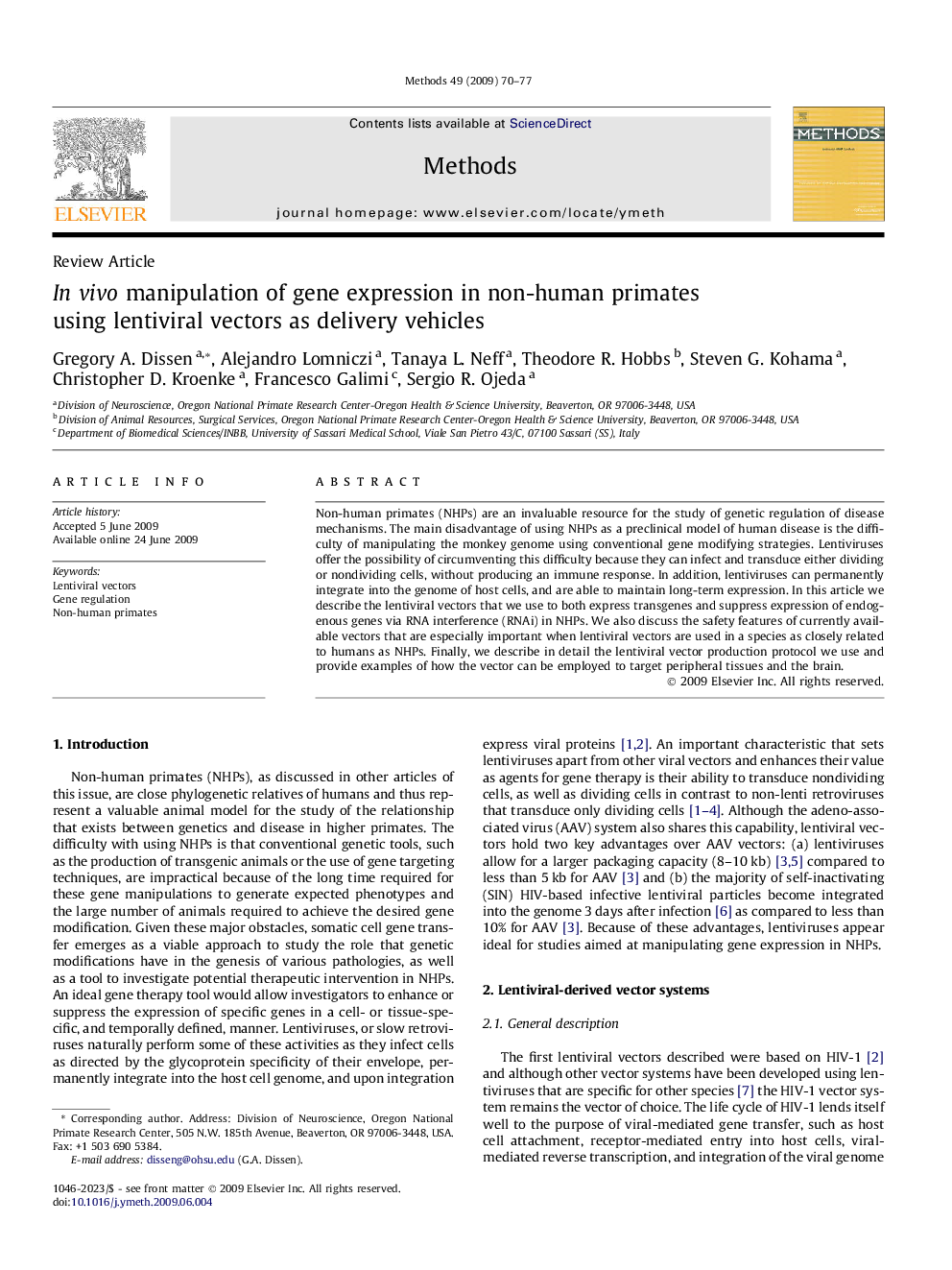| Article ID | Journal | Published Year | Pages | File Type |
|---|---|---|---|---|
| 1994111 | Methods | 2009 | 8 Pages |
Non-human primates (NHPs) are an invaluable resource for the study of genetic regulation of disease mechanisms. The main disadvantage of using NHPs as a preclinical model of human disease is the difficulty of manipulating the monkey genome using conventional gene modifying strategies. Lentiviruses offer the possibility of circumventing this difficulty because they can infect and transduce either dividing or nondividing cells, without producing an immune response. In addition, lentiviruses can permanently integrate into the genome of host cells, and are able to maintain long-term expression. In this article we describe the lentiviral vectors that we use to both express transgenes and suppress expression of endogenous genes via RNA interference (RNAi) in NHPs. We also discuss the safety features of currently available vectors that are especially important when lentiviral vectors are used in a species as closely related to humans as NHPs. Finally, we describe in detail the lentiviral vector production protocol we use and provide examples of how the vector can be employed to target peripheral tissues and the brain.
